A perspective on the UMCES Environmental Summit
Andrew Elmore · 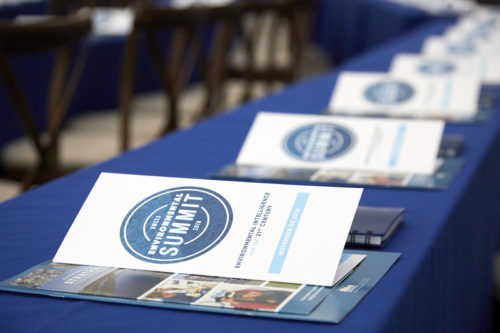
On November 30, 2018 the University of Maryland Center for Environmental Science (UMCES) community gathered at the Institute of Marine and Environmental Technology (IMET) in Baltimore to discuss environmental science and application to resource management and policy with our new president, Dr. Peter Goodwin. This event was Dr. Goodwin’s inauguration, and therefore Chancellor Caret was there to provide his remarks and “make it official”. The fact that Dr. Goodwin wanted his inauguration to be an environmental summit rather than a routine ceremony of pomp and circumstance speaks strongly to his commitment to science and his desire to be both scientist and university leader. The day was filled with panel discussions that brought together an impressive diversity of people, including university administrators, staff, faculty, and students, as well as our elected and appointed government leaders and regional non-governmental organizers. This was the first time I had met or heard from many of these individuals and certainly the first time I had seen them all in one place, therefore the event was bound to make an impression on me. Rather than provide a detailed overview of the summit, I thought I would describe two main themes that stood out for me.
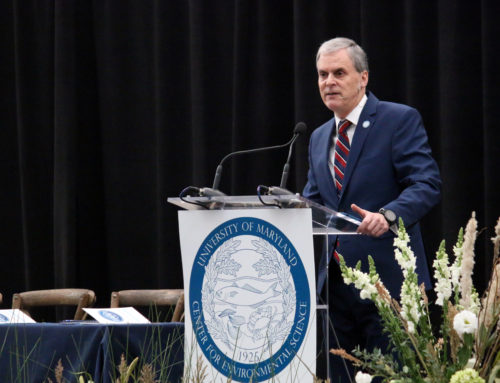
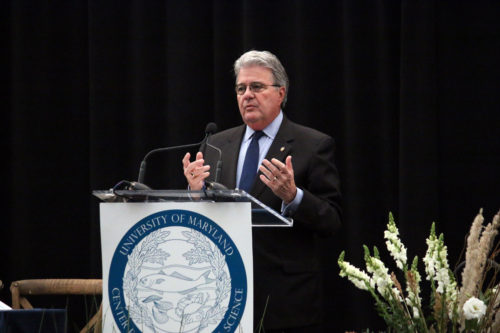
UMCES is well known throughout the state for our efforts to apply scientific understanding to environmental management and less well known for our contributions to scientific knowledge. This is particularly true when it comes to environmental issues relevant to the Chesapeake Bay and is most striking when considering the various reactions we received to our strategic plan. The strategic plan, which was developed over the past several months by the administration, faculty, and students of UMCES, is structured around three overarching themes: (1) Sustainable Landscapes and Seascapes, (2) Healthy Urban Waterfronts, and (3) Coastal Resilience. By and large, reactions by the non-academic guests to these rather applied science themes were very positive. People generally saw and appreciated UMCES efforts to address their problems through scientific inquiry. For example, in our strategic plan, we described research challenges related to the sustainability of food production (agriculture, aquaculture and fisheries) and balancing multiple tradeoffs in coastal systems (tourism, shipping, environmental health) in an era of sea level rise and increasingly populated coastlines.
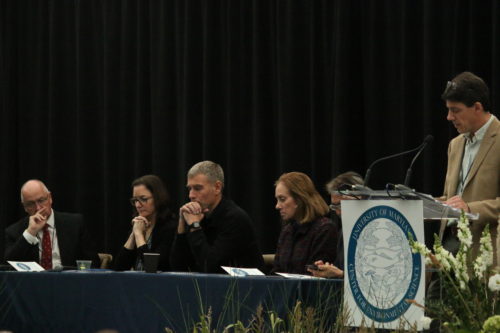
It was satisfying to know that we had generated a strategic plan that resonated with state and regional leaders, however, the plan belies a fact that is only too apparent to the UMCES faculty: Tackling these applied science issues requires painfully detailed expertise in a vast array of scientific disciplines. Further, the pursuit of this scientific knowledge takes far more attention and hard work than the strategic plan lets on. In other words, while the strategic plan is articulate in its explanation of the problem, it doesn’t describe well, or provide guidance for, what we work towards on a daily basis in the laboratory or in the field. Which begs the question, does this plan provide the needed guidance to faculty to maintain UMCES leadership in environmental science? This is particularly true for new faculty who may not yet have the experience necessary to work on interdisciplinary projects. Therefore, the challenge to the faculty is to construct an implementation plan that (strategically) targets the missing scientific knowledge within these broad applied research problems. This is the challenge we have always made for ourselves, but it sure would be nice if we had a plan to make it easier!
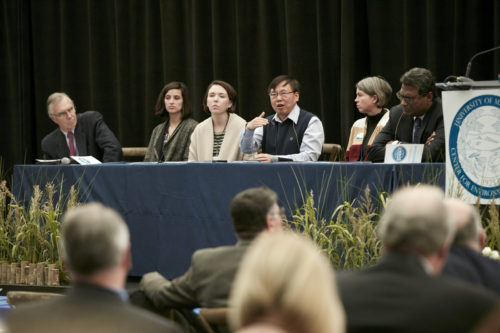
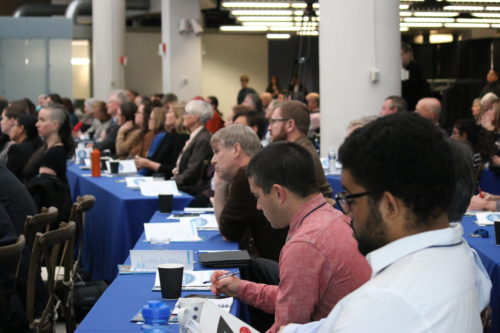
The second takeaway message I heard from the environmental summit regards the importance of project-based learning as a preparation for environmental management and policy development. Each of the problems described in the strategic plan, indeed all environmental problems, are interdisciplinary in nature and solving them requires the collected efforts of many people with expert knowledge and skills. Further, stakeholders are often each focused on single issues that have to be balanced against the values of other stakeholders. Project-based learning, where students learn diverse skills (including collaboration!) through the process of working on interdisciplinary problems is an obvious approach to gaining the needed skills. This realization also lays bare the fact that so much (too much in fact) of scientific work is conducted in isolation and in the pursuit of individual achievement. Consider for a moment that course grades, graduate degrees, academic tenure, and promotion are all awarded to individuals who did something to make themselves stand out as a problem solver. However, real world problems of today and the future will be solved by groups of people. How can we expect today’s students to solve future problems in groups if we evaluate them today solely on their individual achievements? It is almost as if we are intentionally preparing students for the wrong world. The moment they have proven they are good at one thing, we ask them to do something different. Addressing this conundrum will be an ongoing challenge for academics, but is entirely necessary if the university is to remain relevant and a respected place to prepare for the future.
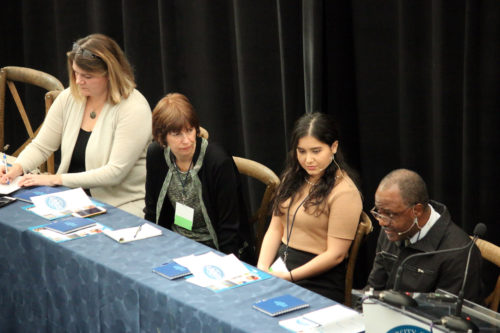
About the author
Andrew Elmore
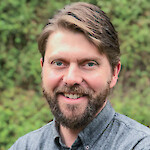
Dr. Elmore is Professor of landscape ecology at the University of Maryland Center for Environmental Science, Appalachian Laboratory and at the National Socio-environmental Synthesis Center. He works broadly across issues relevant to global environmental change, with a particular interest in ecosystem interactions with land-use and land-cover change. Recent work has focused on the effect of groundwater decline on wind erosion and air quality in deserts; the impact of urban stream burial on stream network structure and functioning; modeling coastal habitat change associate with sea level rise; and, understanding forest responses to changes in spring and autumn timing associated with climate change. He applies an array of tools to these problems, but has made the greatest impact on methods for analyzing satellite and airborne remote sensing data. Dr. Elmore received a BSc in Applied Physics from Purdue University and an MSc and PhD in Geoscience from Brown University. He worked as a postdoctoral scholar at the Carnegie Institution for Science and Dartmouth College before moving to Maryland.

